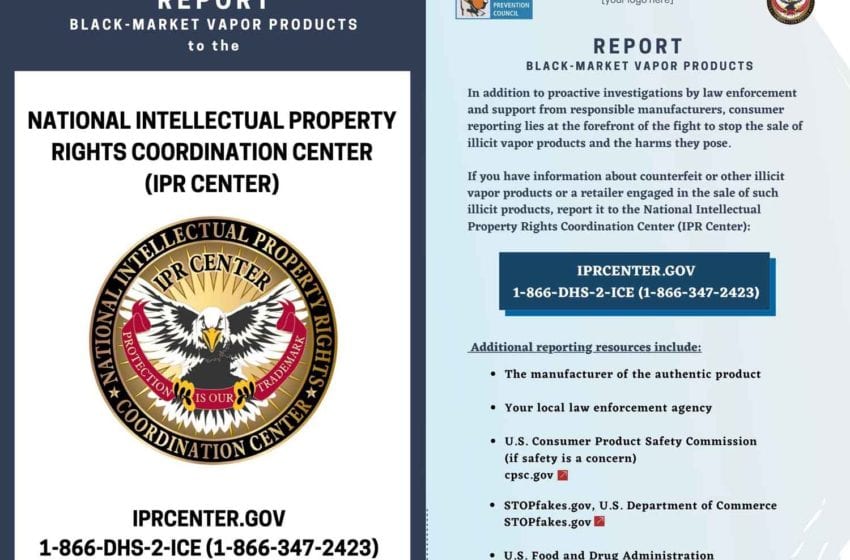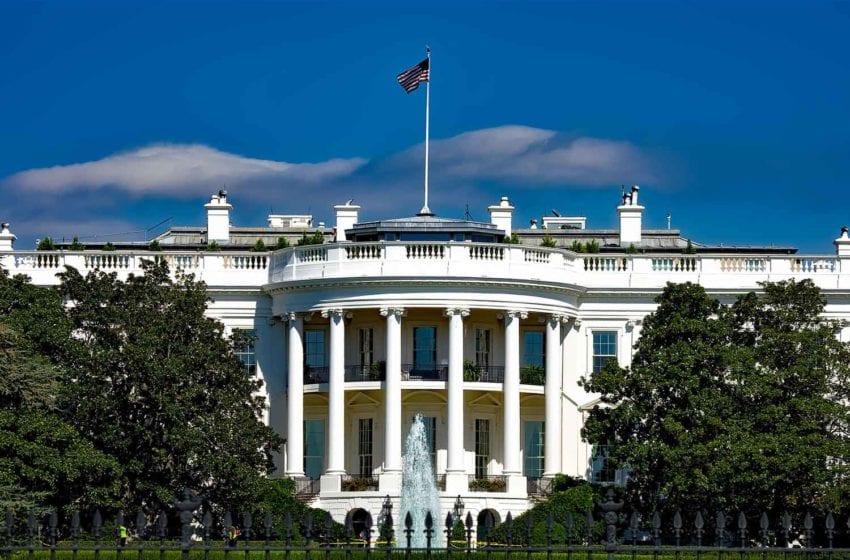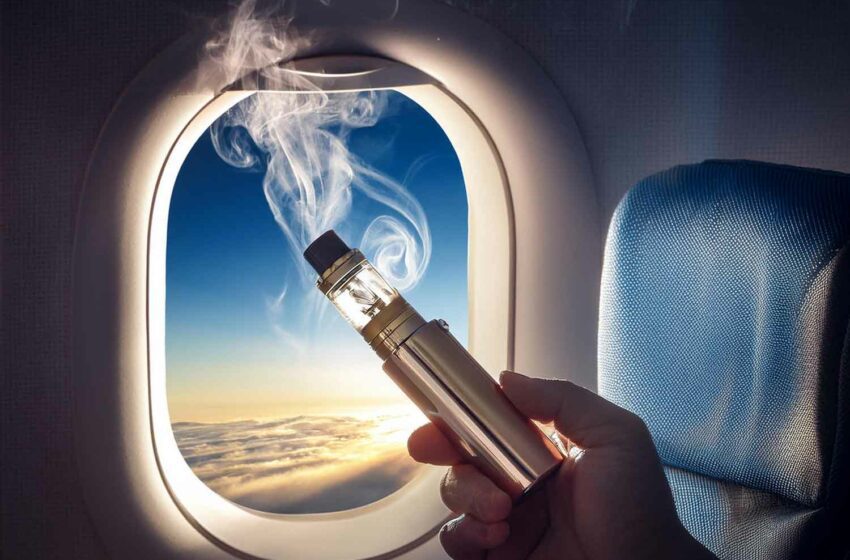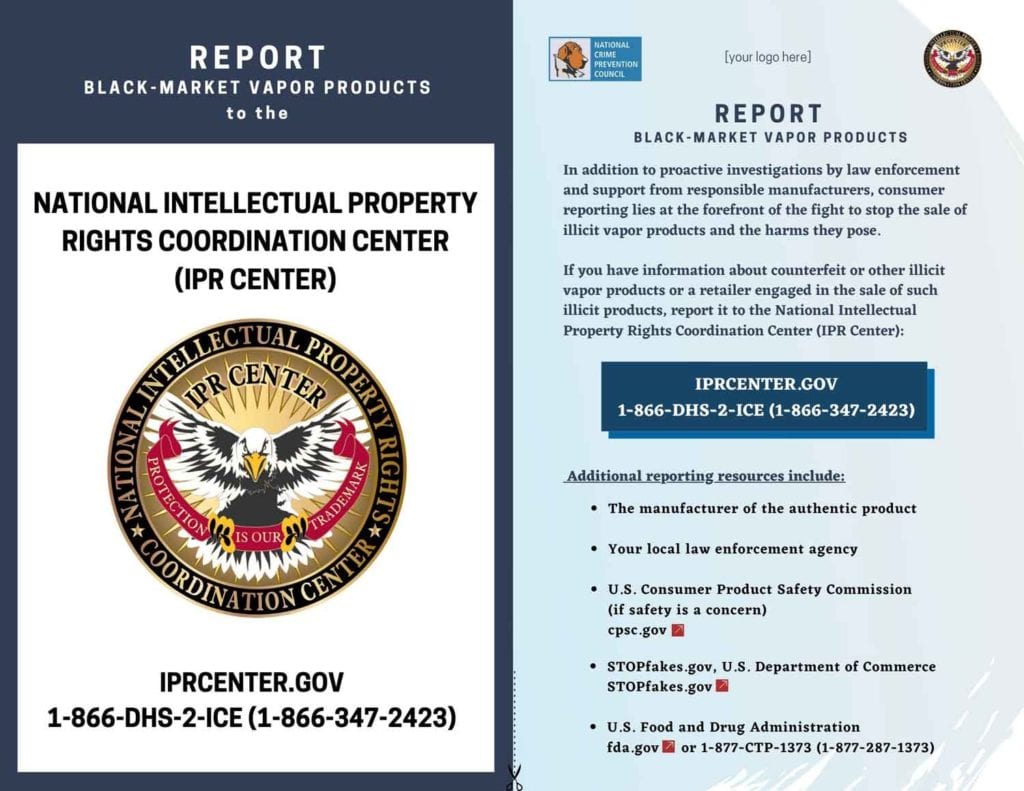
In their fight against illegal vapor products, authorities risk repeating the mistakes made in the same struggle against illicit combustible cigarettes.
By George Gay
I don’t go along with the idea that people who buy illicit cigarettes should be condemned on the grounds that, in doing so, they encourage organized crime because, to my mind, this amounts to stand-out hypocrisy even in a world whose wheels are liberally oiled with hypocrisy. Governments, through taxation, knowingly raise the prices of cigarettes to levels at which many smokers cannot afford them, and they do this while declaring that cigarettes are highly addictive. The outcome—the promotion of the illegal trade in cigarettes—is built into this strategy, which, in fact, in most cases at least, is aimed primarily at increasing tax revenues.
But this sort of hypocrisy is easier to take than the sort of hand-wringing hypocrisy encased in government claims that they have only smokers’ interests at heart when they act against the illegal trade. Having spent decades telling us that tobacco smoke is deadly, they suggest that the smoke issuing from illicit cigarettes is even more deadly than the deadly smoke issuing from cigarettes produced in regulated factories; they have deemed that there are degrees of deadly. To them, apparently, smoking kills, but smoking illicit cigarettes kills you deader. Hmm.
If you allow a consumer product to become popular and then make it unavailable to the person in the street by adding greedy levels of tax, you are as good as issuing an invitation to criminals
Having said that, and while still maintaining the need to cast a critical eye over claims about illegal trade in general, I have to admit that the illegal trade in vaping products is in a different league to that of cigarettes. There are clearly some elements of illegally traded vaping products, such as e-liquid containers and batteries, the use of which could cause unnecessary risks to consumers and others. But note, there is a major difference between cigarettes and vaping products. The former is a product that is so risky to consume that it is unlikely to be made any riskier by unregulated manufacture whereas the latter is a low-risk product that could be made riskier by unregulated manufacture.
Notwithstanding this, various authorities around the world seem to be repeating, in the case of vapor products, the sorts of mistakes that, previously made in respect of combustible cigarettes, have led to a massive illegal trade in cigarettes. And this is so, even though it’s not difficult to understand the pitfalls. If you allow a consumer product to become popular and then make it unavailable to the person in the street by adding greedy levels of tax and/or by forcing manufacturers to degrade the appealing qualities of that product, you are as good as issuing an invitation to criminals, organized or not.
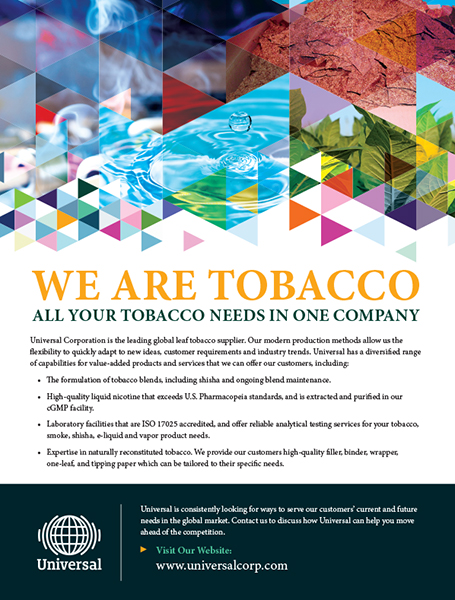
Openly boosting the market
I wrote above that the authorities were repeating mistakes, but this is a little misleading, at least in the U.S. because there the authorities seem to have OK’d open carry in respect of mistakes—they seem to be boosting the illegal market in vapor products. In January, an official “toolkit” aimed at addressing the U.S. black market in vapor products described how, a year earlier, the Food and Drug Administration, as part of its enforcement priorities for vapor products, was targeting: any flavored cartridge-based product using flavors other than tobacco or menthol; all other products for which the manufacturer had failed to take or was failing to take adequate measures to prevent minors’ access; and any product that was targeted to minors or that was marketed in a way likely to promote use by minors.
Of course, it’s easy to say, “well, fair enough, other flavors are simply not permitted.” But the ban on these other flavors was not taken in a knowledge vacuum. Those other flavors were a lifeline for some adult consumers wishing to switch from high-risk cigarettes to low-risk vaping products. And the importance of this lifeline is acknowledged in the toolkit, which was produced by a partnership between the National Intellectual Property Rights Coordination Center and the National Crime Prevention Council. “FDA also acknowledged the risk of an illicit trade of ‘black market’ … vapor products arising out of this new enforcement policy but maintained that it has the regulatory tools and enforcement authorities to address such products,” the toolkit says.
Does this strike you as odd? The National Crime Prevention (my emphasis) Council is apparently happy to work with the FDA while it participates in the creation of a black market for vapor products. That is not crime prevention: It is crime control at best and crime uncontrol at worst.
If you read through the toolkit, one of the justifications for banning most flavors in vapor products and thereby fanning the flames of the illegal trade in them is that these flavors appeal to minors and therefore encourage them to use vapor products. But there must be something else going on here. According to the toolkit, the black market for vapor products is an “emerging concern across the country.” And “[f]irst and foremost they [black market products] undermine tobacco control measures to address underage use of tobacco and nicotine products.” But the toolkit also tells us that, according to the 2020 National Youth Tobacco Survey (NYTS) conducted by the FDA and the Centers for Disease Prevention and Control* (CDC), there has been a decline in underage use of vapor products. “In 2019, 28 percent of high school students and 11 percent of middle school students used vapor products,” the toolkit quoted. “In 2020, 19.6 percent of high school students and 4.7 percent of middle school students used vapor products. This amounted to 1.8 million fewer high school [students] and middle school students using vapor products in 2020 compared to 2019.” (*Usually, but less logically, called the Centers for Disease Control and Prevention.)
But there are other concerns that the toolkit highlights. “According to FDA, ‘[a]dditional risks posed by these [illicit] products include the potential that they contain harmful chemicals or constituents that are not present in other products, that they are manufactured using comparatively poor quality controls and that they are designed in ways that facilitate modifications by distributors or users—all of which increase the risk of adverse events.’”
There is truth in this, but note the “potential” qualification and the reference to designs that facilitate modifications, which, according to my reading, muddies the waters. The toolkit talks of the ability of users to add illicit substances such as tetrahydrocannabinol (THC), but this is outside the sphere of vaping with nicotine, the lifeline for many smokers.
The toolkit also says that black market products contribute to and facilitate other criminal activity that threatens the U.S. economy, public health and community safety as well as violating the intellectual property rights of U.S. companies. And here we come to an important crossroads. Is the fight against black market vapor products there to protect consumers or companies?
Well, the IPR Center says, working in partnership with Philip Morris International (PMI) and Juul Labs, it is “proud to offer a training course on illicit trade in tobacco and vapor products,” which, we must hope, refers to a course on combatting the illegal trade in tobacco and vapor products. I have no problem with PMI and Juul playing such a role. In fact, I would imagine that these two companies have a lot to bring to the table. But there does seem to be a worrying level of inconsistency in the way that tobacco/nicotine companies are viewed: on the one hand as partners and on the other hand as pariahs.
While PMI and Juul have a lot to bring to the table, they also have a lot to lose, unfairly, in the way of intellectual property rights, but then it is surely the case that a lot of smaller companies have had their intellectual property rights taken away from them by the actions of the FDA in demanding ludicrously complex and expensive market authorization applications. And why don’t consumers get a say? It would seem from the toolkit that their sole function is to be the audience during lectures on how to behave. Is that going to go down well with an ex-smoker who has had the vaping product she used to quit her cigarette habit withdrawn because it’s too appealing?
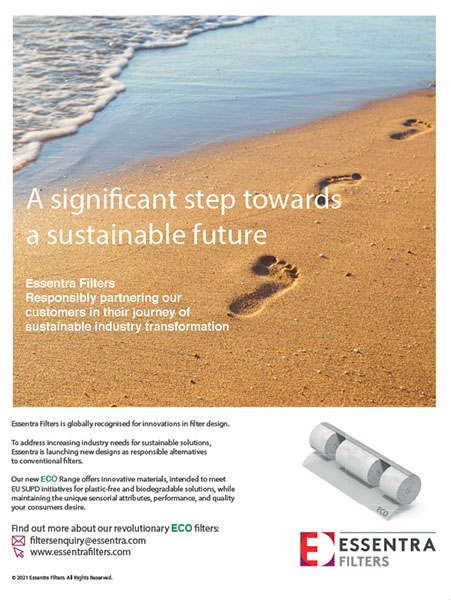
Missing figures
One of the weaknesses of the toolkit is its lack of supporting figures, and you have to wonder why this is so. On Jan. 13, it was announced that, during December 2020, U.S. Customs and Border Protection (CBP) officers at the Dallas Fort Worth International Airport, working in conjunction with FDA agents, had seized 42 shipments from China that contained 33,681 “units of e-cigarettes,” later confirmed to comprise 33,681 individual e-cigarettes, each with a flavored cartridge. The seized goods were said to have a manufacturer’s suggested retail price of $719,453. Now I know there is a tendency for certain authorities in the U.S. to panic, but it seems odd to me that this haul should be the subject of a press announcement. After all, it doesn’t seem big enough to have threatened the end of civilization. I mean, it’s not like the borders had been crossed by a deadly virus.
Nevertheless, given that the 33,681 units were the result of a week-long joint operation by the CBP and the FDA, it is perhaps likely that the total haul for fiscal year 2021 (Oct. 1, 2020, to Sept. 30, 2021) will be higher than that for fiscal year 2020, which saw 93,590 units seized as part of 69 incidents, especially since the fiscal year 2020 haul was up significantly from that of fiscal year 2019: 14,418 units seized as part of eight incidents.
The trend is upward. I couldn’t obtain figures for fiscal years 2017 and 2018 but was told that, since the start of an FDA enforcement policy in January 2020, the number of seizures had increased by a factor of eight, which I took to mean that the numbers for 2017 and 2018 would have been low to negligible—as you would have expected.
Will the trend continue upward? Almost certainly in the short-term to medium-term because the FDA describes its enforcement activities as continuing and aggressive, though, being charitable, there will be some downward pressure because, presumably, it will take a while to filter through to some manufacturers that this enforcement policy is in place.
The FDA press note announcing the December 2020 seizures said that it and the CBP had been looking to intercept “counterfeit or other violative e-cigarettes, including certain flavored e-cigarettes imported to the U.S. that did not meet the Federal Food, Drug and Cosmetic Act (FD&C Act) requirements as amended by the Family Smoking Prevention and Tobacco Control Act (Tobacco Control Act).” Counterfeit trade is likely to continue at a rate that will be partly determined by the success or otherwise of the continuing strategy of seizures and, therefore, the profitability of the operations of those offering such products. At the same time, the import of products including illicit flavors is likely to increase, despite the downward pressure mentioned above, simply because a strong demand has built up for these products among adults. A caveat has to be added here, however, because it is not beyond the bounds of possibility that flavored products might be passed for sale as part of the FDA’s review of premarket tobacco product applications for vapor products. But I wouldn’t hold out too much hope. The press note contained copious amounts of the usual hand-wringing about flavored vaping products and their effect on young people.
The press note also includes a quote about how protecting U.S. consumers from “illicit and especially harmful tobacco products, such as counterfeit or flavored e-cigarettes, is of utmost importance to the FDA.” The note said, “we will continue to investigate and remove from the marketplace products that pose a particular danger to the public health.” As far as I could ascertain, however, the dangers described on a CDC website to which I was directed by the FDA apply to both licit and illicit products and, in any case, are shot through with qualifications along the lines of “might be” and “could in the future” or are the sorts of dangers that people, young and old, are exposed to while walking down the street.
A recent study, reported by Oliver Milman in The Guardian in February, found that, worldwide in 2018, air pollution caused by the burning of fossil fuels was responsible for more deaths than tobacco smoking and malaria combined. I would imagine that the number of deaths caused by vaping with nicotine is some way down the list—perhaps just above the number of deaths that occur each year after people are attacked by mutant goldfish.


